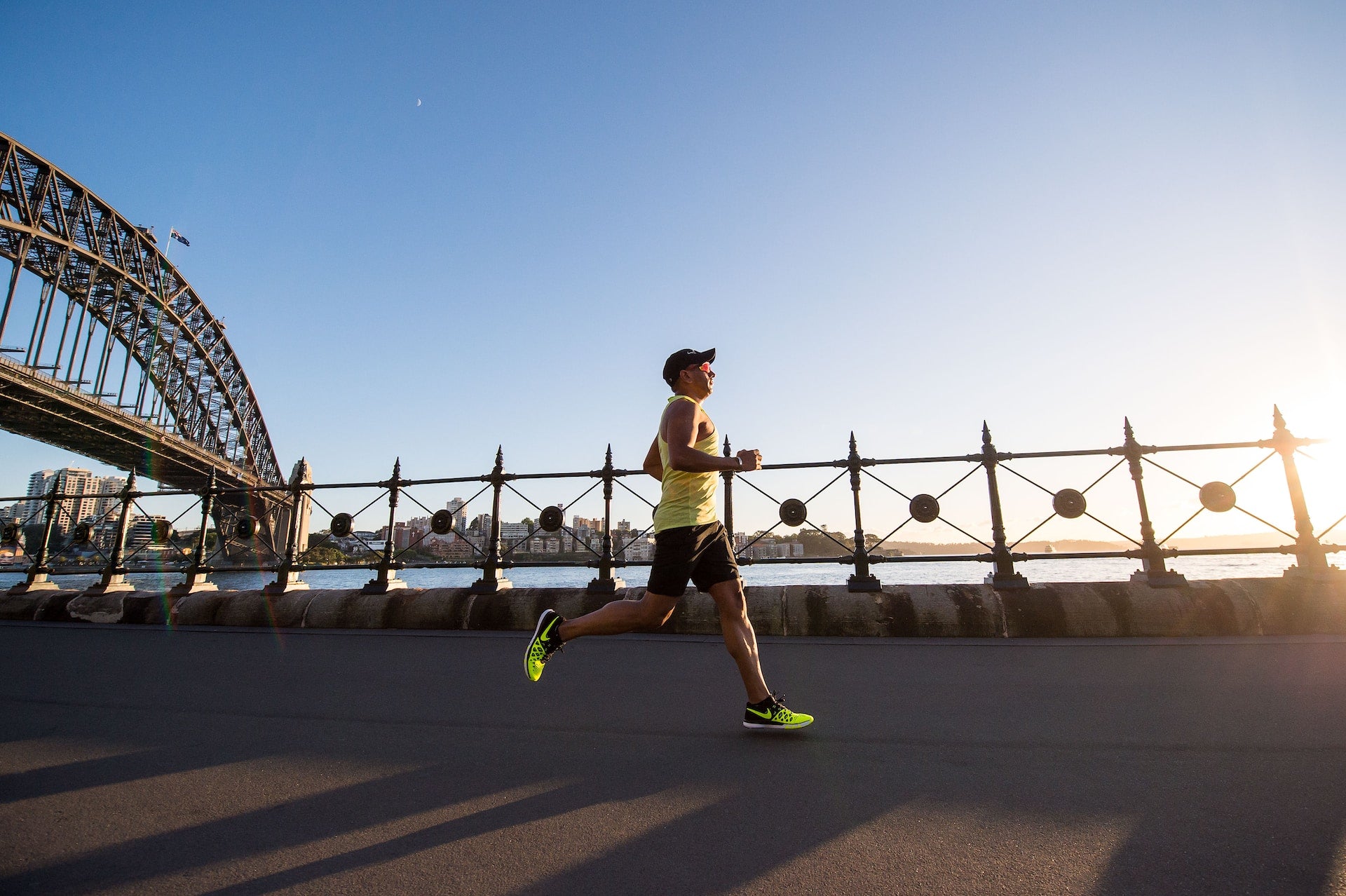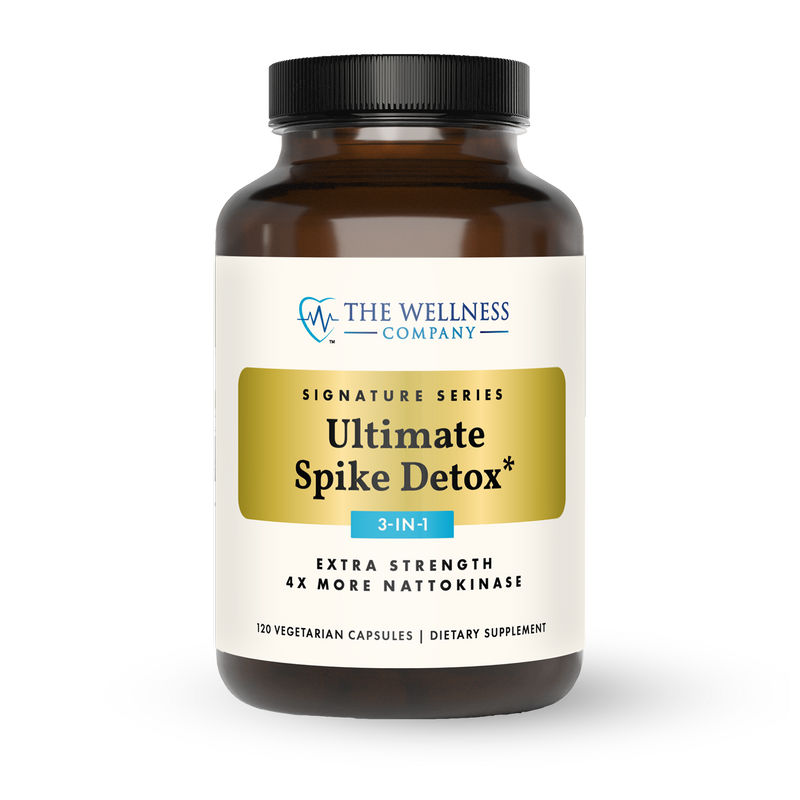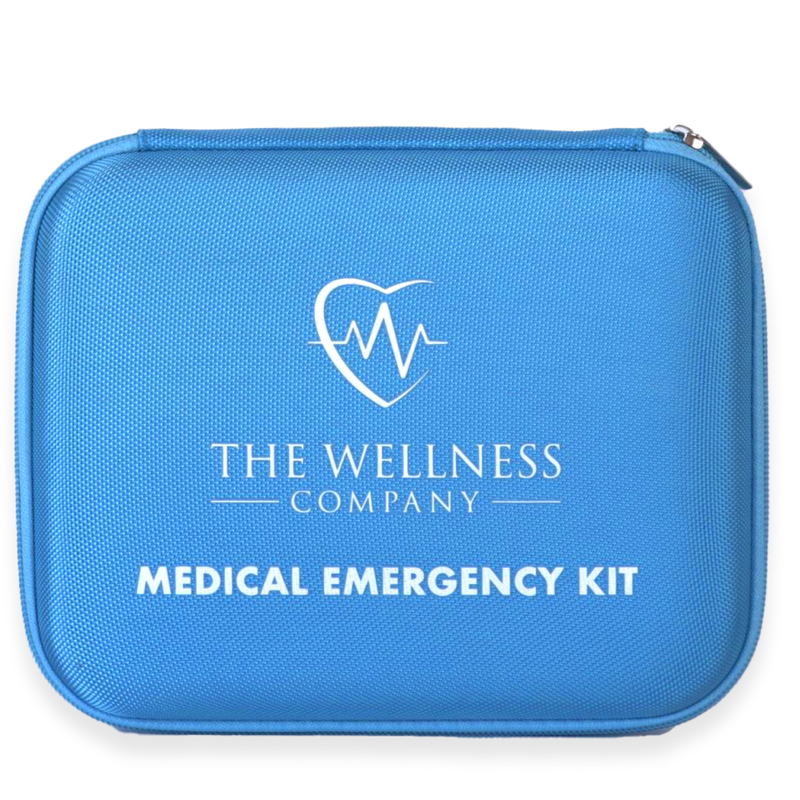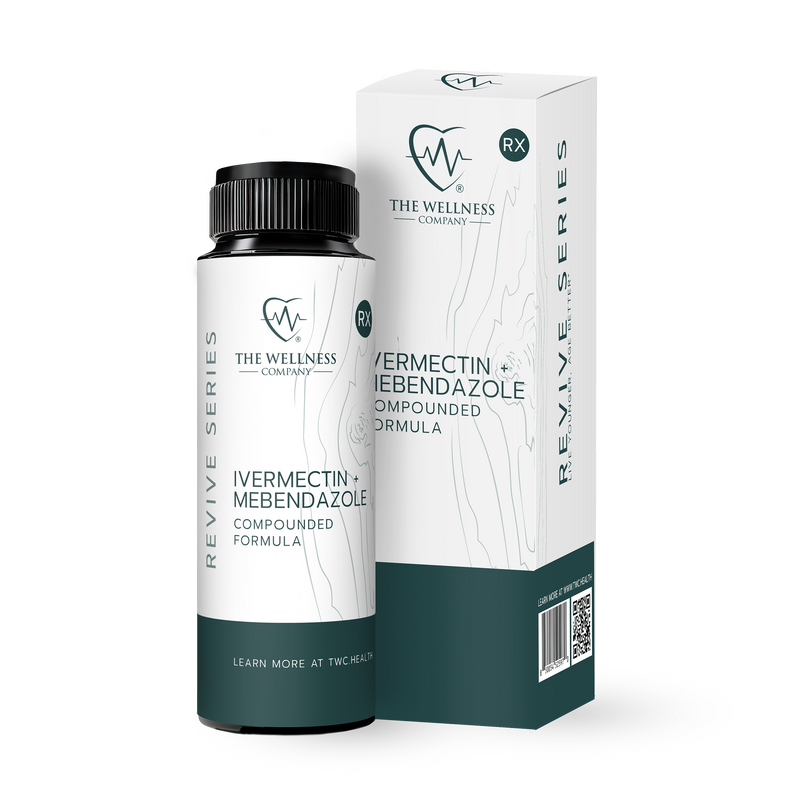Beat the Heat: 4 Fitness Tips for Hot Weather Workouts

Whether you’re on vacation in a tropical climate, or working out on a hot day at home, it’s critical to adapt your training to suit the environmental conditions. Hydration, apparel, and exercise selection are all important to consider if you want to stay fit amid the heat. Here are four workout tips to ensure you make the most of your hot-weather fitness routine.
1. Hydrate Properly
Whatever the temperature, if we work out hard enough, we sweat. Water loss through sweat is how the body combats the heat created through muscle contraction to cool itself down. In scorching temperatures, we sweat more easily, and lose water and electrolytes at a faster rate. This means that before getting on your bike for a hot lunchtime ride, it’s important to be hydrated. An easy way to measure your hydration is to look at the colour of your urine. Pale yellow is ideal. Anything darker, and you should hydrate before heading out.
In addition to drinking enough water, it's important to consume adequate electrolytes, like sodium, calcium, and potassium. It’s not uncommon to lose a gram of salt per hour through sweat while exercising under hot and dry conditions. Many endurance athletes utilize salt tablets and electrolyte-enriched drinks to ensure their electrolyte levels remain adequate.
2. Limit Caffeine Intake
Caffeine is a central nervous system stimulant. This means that it raises your heart rate and your blood pressure, and in doing so increases body temperature, leading to more sweating during exercise. There’s nothing wrong with having your morning coffee or tea before a workout, but excessive caffeine, coupled with hot conditions and an intense exercise routine could make overheating more likely. When exercising in the heat, keep caffeine intake to a minimum. Have your second cup of coffee after you’ve conquered the workout for the day.
3. Use the Right Gear
To state the obvious, lighter clothing is advised in hotter temperatures. But here’s one piece of advice you may not have considered. Avoid gloves, even if you’re used to wearing them for activities like cycling, or weightlifting. Here’s the reason why: not only does the heat cause us to lose water and electrolytes through sweat, but it also diminishes muscle strength by shutting down an enzyme (pyruvate kinase) that helps the body form ATP, its main energy source.
Our body has specific compartments designed with unique blood vessels to enhance cooling through direct heat exchange. These vessels reside only within the glaborous skin of the body, which exists on the hands, feet, and face. Studies have shown that specific cooling protocols using temperature-controlled gloves to these regions trigger massive increases in physical performance, both for endurance and strength-based tasks. There’s no need to hold ice cubes while you exercise, but definitely ditch the weightlifting gloves if you want to perform at your best.
4. Know Your Limits
Even if you’ve done everything right, it’s still important to recognize that you might have to decrease the intensity or duration of your exercise in the heat. More important yet is to recognize the signs of heat exhaustion, which include headache, dizziness, nausea, vomiting, confusion, and muscle cramps. If you reach this point, seek medical help if symptoms do not promptly improve once you take a break. It takes time to adapt to the heat. As hot weather approaches, your work capacity likely won't be what it was in a normal temperature. Ensure to modify your workouts accordingly.
Bottomline
Hotter temperatures shouldn’t be a barrier to staying healthy. Optimize your hydration, wear the right gear, and know when to call it quits, and you’ll be crushing your workouts no matter the weather.
Video: Dr. Craig Heller: Using Temperature for Performance, Brain & Body Health
References
[1] Grahn, D. A., Cao, V. H., Nguyen, C. M., Liu, M. T., & Heller, H. C. (2012). Work volume and strength training responses to resistive exercise improve with periodic heat extraction from the palm. The Journal of Strength & Conditioning Research, 26(9), 2558-2569.
[2] Grahn, D. A., Cao, V. H., & Heller, H. C. (2005). Heat extraction through the palm of one hand improves aerobic exercise endurance in a hot environment. Journal of Applied Physiology, 99(3), 972-978.














